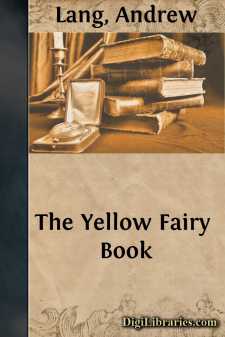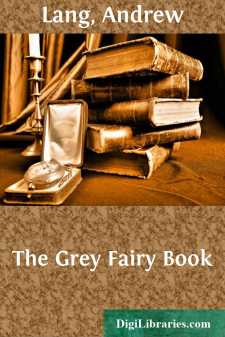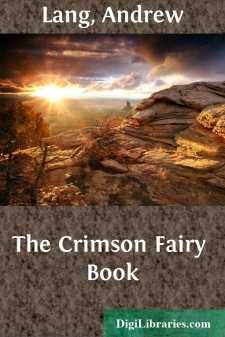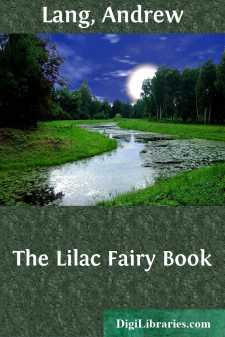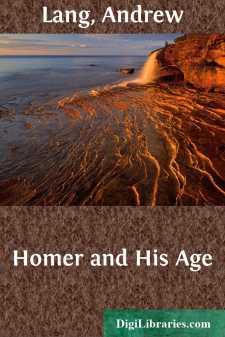Categories
- Antiques & Collectibles 13
- Architecture 36
- Art 48
- Bibles 22
- Biography & Autobiography 813
- Body, Mind & Spirit 142
- Business & Economics 28
- Children's Books 15
- Children's Fiction 12
- Computers 4
- Cooking 94
- Crafts & Hobbies 4
- Drama 346
- Education 46
- Family & Relationships 57
- Fiction 11828
- Games 19
- Gardening 17
- Health & Fitness 34
- History 1377
- House & Home 1
- Humor 147
- Juvenile Fiction 1873
- Juvenile Nonfiction 202
- Language Arts & Disciplines 88
- Law 16
- Literary Collections 686
- Literary Criticism 179
- Mathematics 13
- Medical 41
- Music 40
- Nature 179
- Non-Classifiable 1768
- Performing Arts 7
- Periodicals 1453
- Philosophy 64
- Photography 2
- Poetry 896
- Political Science 203
- Psychology 42
- Reference 154
- Religion 513
- Science 126
- Self-Help 84
- Social Science 81
- Sports & Recreation 34
- Study Aids 3
- Technology & Engineering 59
- Transportation 23
- Travel 463
- True Crime 29
The Yellow Fairy Book
by: Andrew Lang
Categories:
Description:
Excerpt
PREFACE
The Editor thinks that children will readily forgive him for publishing another Fairy Book. We have had the Blue, the Red, the Green, and here is the Yellow. If children are pleased, and they are so kind as to say that they are pleased, the Editor does not care very much for what other people may say. Now, there is one gentleman who seems to think that it is not quite right to print so many fairy tales, with pictures, and to publish them in red and blue covers. He is named Mr. G. Laurence Gomme, and he is president of a learned body called the Folk Lore Society. Once a year he makes his address to his subjects, of whom the Editor is one, and Mr. Joseph Jacobs (who has published many delightful fairy tales with pretty pictures)(1) is another. Fancy, then, the dismay of Mr. Jacobs, and of the Editor, when they heard their president say that he did not think it very nice in them to publish fairy books, above all, red, green, and blue fairy books! They said that they did not see any harm in it, and they were ready to 'put themselves on their country,' and be tried by a jury of children. And, indeed, they still see no harm in what they have done; nay, like Father William in the poem, they are ready 'to do it again and again.'
(1) You may buy them from Mr. Nutt, in the Strand.
Where is the harm? The truth is that the Folk Lore Society—made up of the most clever, learned, and beautiful men and women of the country—is fond of studying the history and geography of Fairy Land. This is contained in very old tales, such as country people tell, and savages:
'Little Sioux and little Crow,
Little frosty Eskimo.'
These people are thought to know most about fairyland and its inhabitants. But, in the Yellow Fairy Book, and the rest, are many tales by persons who are neither savages nor rustics, such as Madame D'Aulnoy and Herr Hans Christian Andersen. The Folk Lore Society, or its president, say that THEIR tales are not so true as the rest, and should not be published with the rest. But WE say that all the stories which are pleasant to read are quite true enough for us; so here they are, with pictures by Mr. Ford, and we do not think that either the pictures or the stories are likely to mislead children.
As to whether there are really any fairies or not, that is a difficult question. Professor Huxley thinks there are none. The Editor never saw any himself, but he knows several people who have seen them—in the Highlands—and heard their music. If ever you are in Nether Lochaber, go to the Fairy Hill, and you may hear the music yourself, as grown-up people have done, but you must goon a fine day. Again, if there are really no fairies, why do people believe in them, all over the world? The ancient Greeks believed, so did the old Egyptians, and the Hindoos, and the Red Indians, and is it likely, if there are no fairies, that so many different peoples would have seen and heard them? The Rev. Mr. Baring-Gould saw several fairies when he was a boy, and was travelling in the land of the Troubadours....


